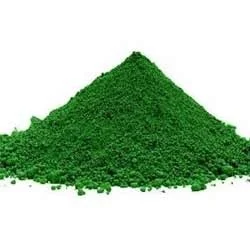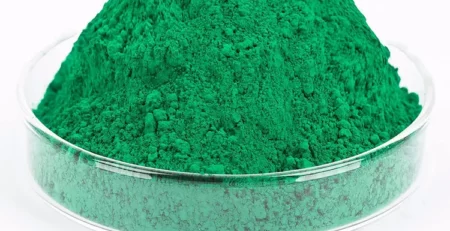Best Pigment For Dry Dispersion Applications Innovations: What’s Next?
**Introduction**
Hello! I’m Alex, and today we’re exploring the exciting advancements in pigments for dry dispersion applications. Dry dispersion is a key process in various industries, from plastics to coatings, where pigments are dispersed in a solid form without solvents. As technologies evolve, the pigment industry is witnessing groundbreaking innovations, significantly enhancing the effectiveness and efficiency of dry dispersion. Let’s dive into what the future holds for these pigments, with a special focus on the leading-edge products from experts in pigments for dry dispersion applications.
**
1. Advancements in Particle Technology
**
One of the most significant areas of innovation is in particle technology:
– Development of finer, more uniform pigment particles, leading to better dispersion and color consistency.
– Advances in surface treatment of pigments to improve their compatibility with various matrices.
– Utilization of nanotechnology to enhance pigment properties like color strength and stability.
These advancements are crucial for achieving superior quality in dry dispersion applications.
**
2. Eco-Friendly Pigment Solutions
**
Sustainability is driving innovation in the pigment industry:
– Creation of environmentally friendly pigments that are non-toxic and biodegradable.
– Focus on reducing the carbon footprint during pigment production processes.
– Development of pigments that are compatible with recyclable and biodegradable materials.
Eco-friendly pigments are becoming increasingly important in response to global environmental concerns.
**
3. Enhanced Functional Properties
**
Functional properties of pigments are receiving a lot of attention:
– Development of pigments with added functionalities like UV resistance, antimicrobial properties, and heat stability.
– Introduction of ‘smart’ pigments that can change color or indicate wear and tear.
– Research into pigments that enhance the mechanical properties of the end product.
These functional pigments open up new possibilities in various application areas.
**
4. Customization and Special Effect Pigments
**
Customization is key in meeting specific industry needs:
– Advanced color matching technologies for creating custom shades.
– Development of special effect pigments, such as pearlescent, fluorescent, or phosphorescent pigments, for unique visual effects.
– Tailoring pigment formulations to specific industrial applications for optimal performance.
Customization and special effects are increasingly sought after in various markets.
**
5. Future Trends in Dry Dispersion Pigment Technology
**
Looking ahead, several trends are poised to shape the future:
– Continued emphasis on sustainability and environmentally friendly pigment options.
– Increasing use of artificial intelligence and machine learning in pigment production for enhanced efficiency and precision.
– Exploration of new materials and techniques for even better dispersion qualities and functional properties.
**FAQs**
**Q1:** What are the key considerations for pigments in dry dispersion applications?
**A:** Key considerations include particle size and uniformity, compatibility with the matrix, environmental impact, and specific functional properties required for the end-use application.
**Q2:** How do advancements in particle technology impact pigment performance?
**A:** They lead to better dispersion, improved color consistency, enhanced functional properties, and overall superior performance in the end product.
**Q3:** Are there sustainable options available for dry dispersion pigments?
**A:** Yes, there are eco-friendly pigments developed specifically for minimal environmental impact while maintaining high-quality performance.
**Q4:** What future innovations can we expect in pigments for dry dispersion?
**A:** Expect to see continued advancements in eco-friendly solutions, smart pigment technologies, enhanced functional properties, and increased precision and efficiency in pigment production.
**Conclusion**
The world of pigments for dry dispersion applications is on the brink of transformative changes, driven by advancements in technology, sustainability, and customized solutions. “Innovation is the calling card of the future,” and in the pigment industry, this innovation is coloring our world in more ways than one.
Whether you’re in the plastics, coatings, or any other industry reliant on dry dispersion, these advancements offer exciting possibilities for enhancing product quality and sustainability. Stay tuned to the latest developments, and let’s embrace the vibrant future of pigments for dry dispersion applications!








